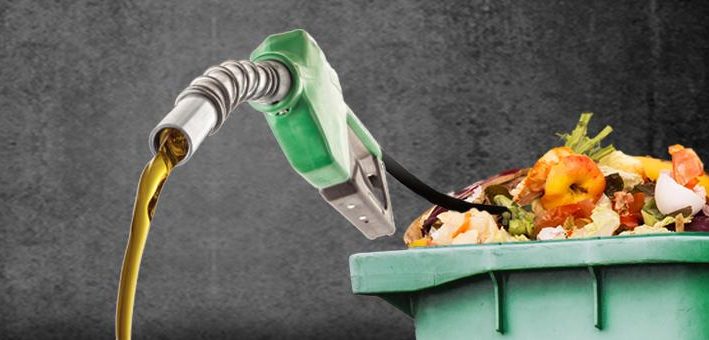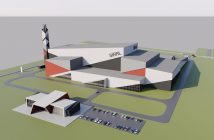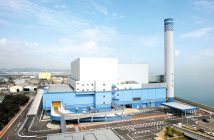Ditch the “Fire-Ready-Aim” mentality and find a unified voice for Energy from Waste

In a recent report, The Role of Energy from Waste in a Circular Economy: Creating a stable project structure, the Australian Industrial Ecology Network (AIEN) says that the implementation of Energy from Waste (EfW) in Australia should be streamlined in accordance with a nationally developed policy framework.
“What we find difficult to accept is that, in spite the myriad issues currently surrounding the management of waste and resource recovery in this country, our regulators still cannot approach this potentially ‘brand new to Australia’ industry with a view towards a standard Australia-wide approach,” says Chair of the AIEN, Colin Barker.
Within the concept of a circular economy, the AIEN says that it recognises the need for recovery of materials prior to assessing opportunities for EfW technologies, with already well-established and emerging processes and supply chains available for the recycling/reuse of mixed plastics, rubber, glass, timber and aggregates – among others – as valuable resources in higher value-added product markets.
“The AIEN endorses the concept of Highest Net Resource Value (HNRV) as worthy of detailed consideration and promotion. It is a concept enshrined within the waste hierarchy, but with a more tangible and measurable output,” commented Barker.
HNRV reflects an approach that seeks to achieve or retain the highest possible resource value from the materials under consideration, ‘net’ of the cost and effort to achieve such an outcome. The waste hierarchy is normally presented only in the context of environmental/social good. The AIEN, however, has re-imagined the waste hierarchy as representing the notional value applied to a given ‘resource’.
“Any failure to properly consider the importance of the waste hierarchy and HNRV principles may result in losses in the long term through stranded investment.
“When resource or material availability becomes a constraint, resources will always flow to those who can afford to pay the most for them,” Barker added.
In its report, the AIEN sets out a number of recommendations in relation to the requisite ‘five pillars’ for success for an EfW project:
- Host/Facility/Site
- Resources/Feedstock
- Technology
- Off-Take Agreements
- Funding
“Failure to ensure that appropriately developed and defined strategies are established for each of these pillars, during – and for each sequential stage of the multi-stage project development process – could be catastrophic for any project, running the risk of effects from the commonplace phenomenon often described by the proverbial Fire-Ready-Aim,” concludes Barker.
Adapted an abridged from an article in Waste Management World




